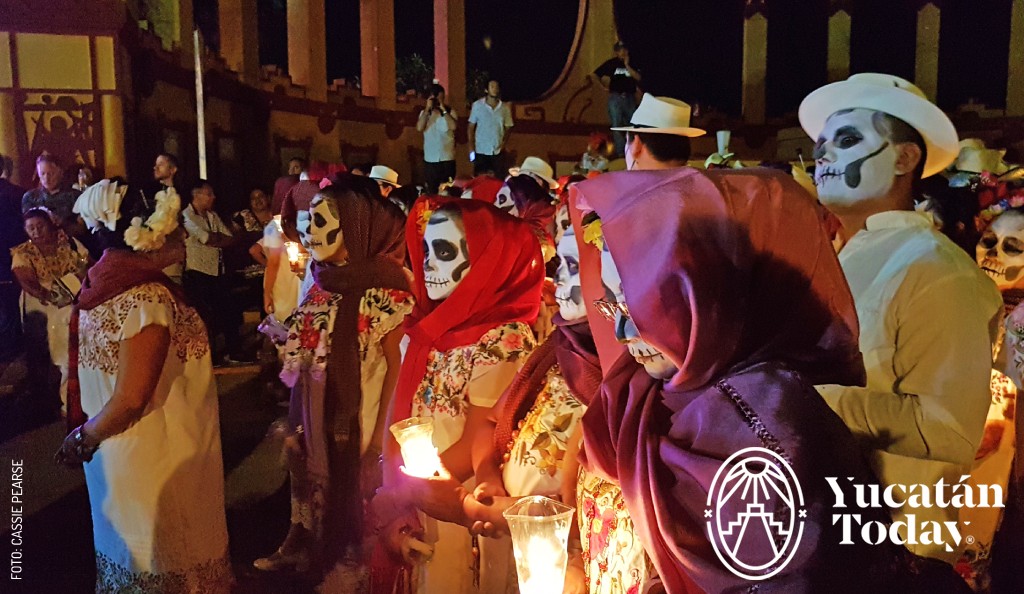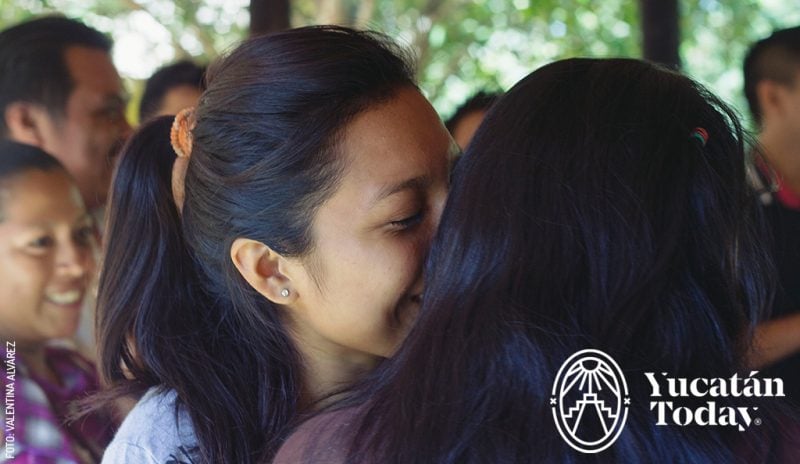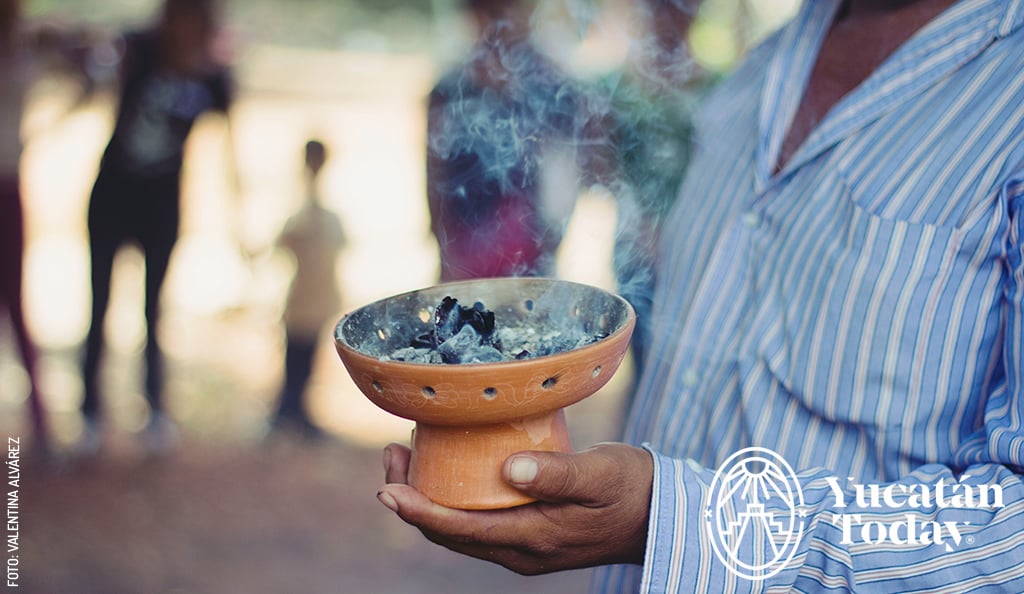
Knowledge and Legend: The Maya Oral Tradition
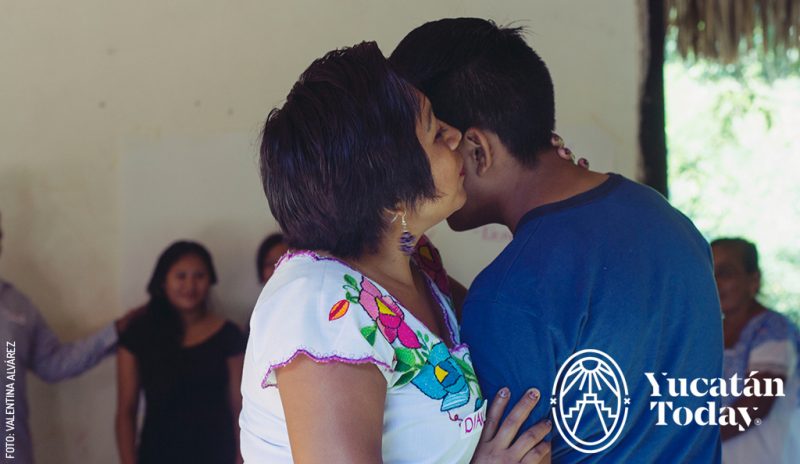 The Maya culture is still alive and can be found throughout the Yucatán Peninsula, in part of Tabasco and Chiapas, and also outside the country in Guatemala, Belize and Honduras. Because of its wide extension, this culture differs from region to region. Even within Yucatán there are many variants of the Maya language; but one thing that all have in common is the oral tradition as a way of sharing knowledge and experiences.
The Maya culture is still alive and can be found throughout the Yucatán Peninsula, in part of Tabasco and Chiapas, and also outside the country in Guatemala, Belize and Honduras. Because of its wide extension, this culture differs from region to region. Even within Yucatán there are many variants of the Maya language; but one thing that all have in common is the oral tradition as a way of sharing knowledge and experiences.
Traditions, myths and legends of each region are unique, although they share some characteristics. For the Maya, oral tradition is a way of passing collective knowledge from generation to generation. The Maya learn by hearing, seeing, and acting. For them, it’s all connected; people learn by hearing the stories and by observing how the wise men and women behave.
Many of the Maya stories are mystical and sacred; but there’s always a connection with everyday life. Maya legends tell stories about the origin of life, the world, the sky, corn, and human beings. It’s also common to hear stories about the guardians of nature and life, known as the lords of the four directions (the cardinal points).
However, there are also some popular legends such as the X'tabay, a woman with long black hair who stalks men from behind a Ceiba (a regional tree) to enchant them so they never reach their destinations. There are also legends about sorcerers that turn into animals; some of the popular ones are about the "Uay chivo" and "Uay peek" (the witch-goat and the witch-dog, respectively). When I worked in Maya communities in the south part of the state, I realized that the gap between generations is growing. Younger people do not have as much interest in speaking Maya as their grandfathers and grandmothers do. And many of Yucatán’s traditions that continue to this day are alive because of the Maya language.
There are even words in Maya that young people who do speak Maya do not understand, because the concepts are associated with rituals that they don’t know about since they have never been involved in them. 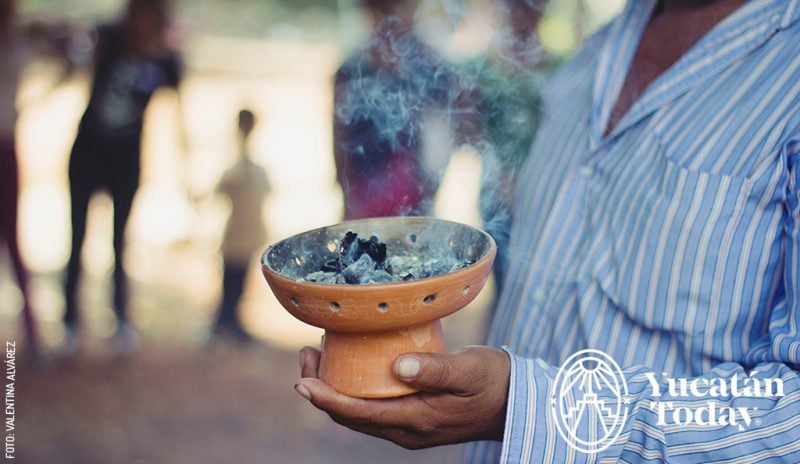
Oral tradition is important not only for the Maya culture, but for all humanity. It has made it possible to protect and recognize Maya people’s knowledge throughout the years. Many vital lessons are taught to people through oral tradition, as it carries ancient information that is still valuable today. If you want to enrich your experience in this magical land, ask a local to tell you about the “aluxes”, the dwarf of Uxmal, or the cenote in Maní.
Read more about the Maya Language:

Author: Valentina Álvarez
I’m a biologist with a doctorate in Mesoamerican studies, focused on Maya cultures. I love writing, learning and sharing.
Receive the latest articles and much more from the best of Yucatán in your email!
Related articles
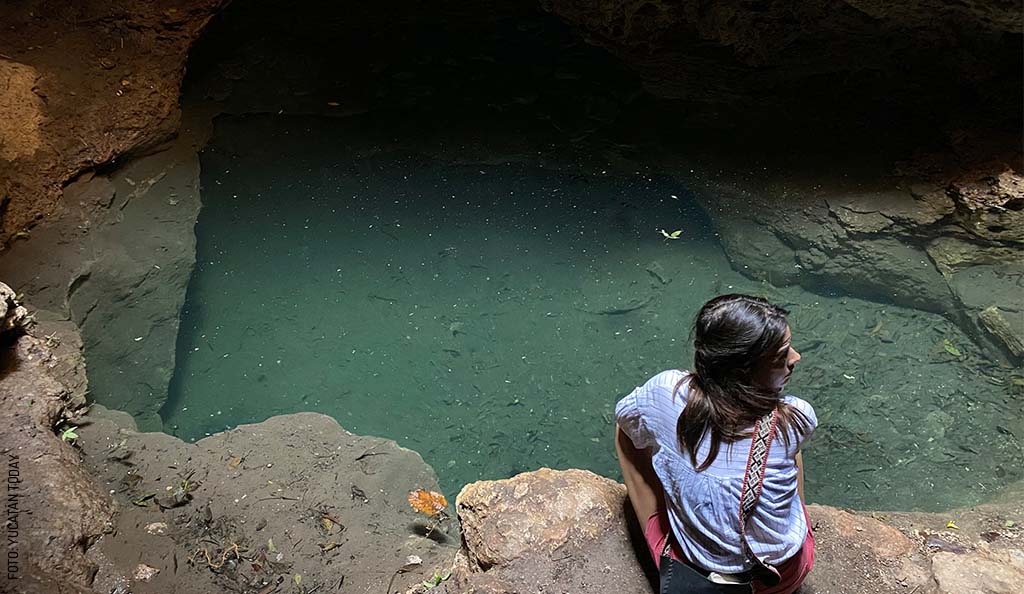
A bone-chilling legend: The Xcabachén cenote in Maní
Deep dive to the legend of the cenote Xcabachén, in Maní, a sacred destination that hides the last oasis of a waterless planet.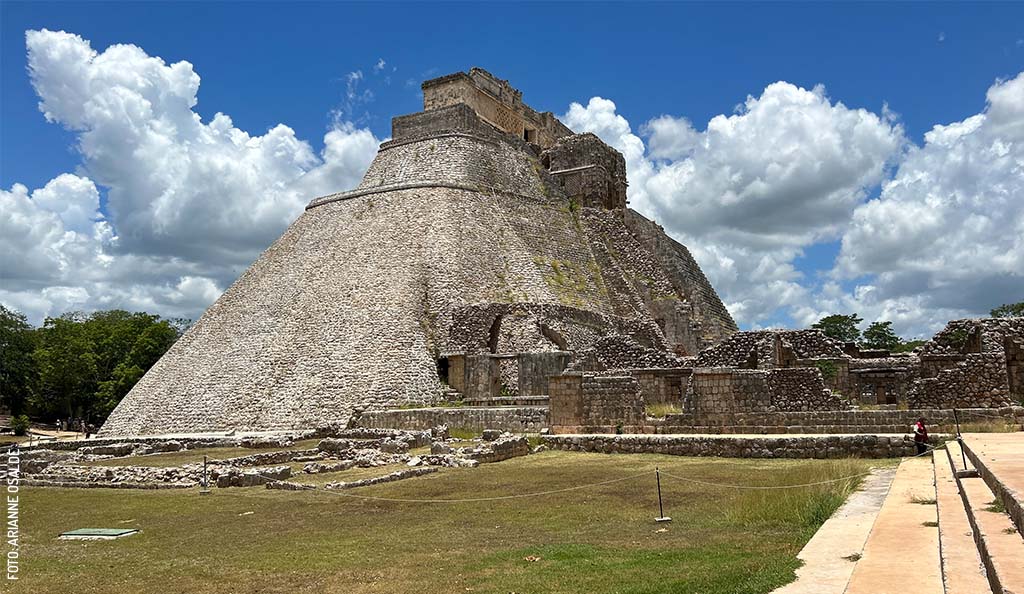
The Legend of the Dwarf of Uxmal
In the city of Kabah, there lived an ancient witch who knew all the mysteries of the stars and the secrets of the herbs. Every day, the witch gazed...